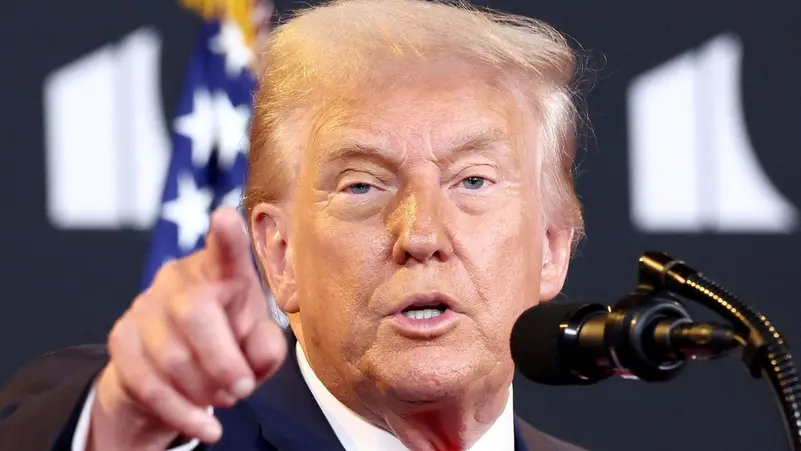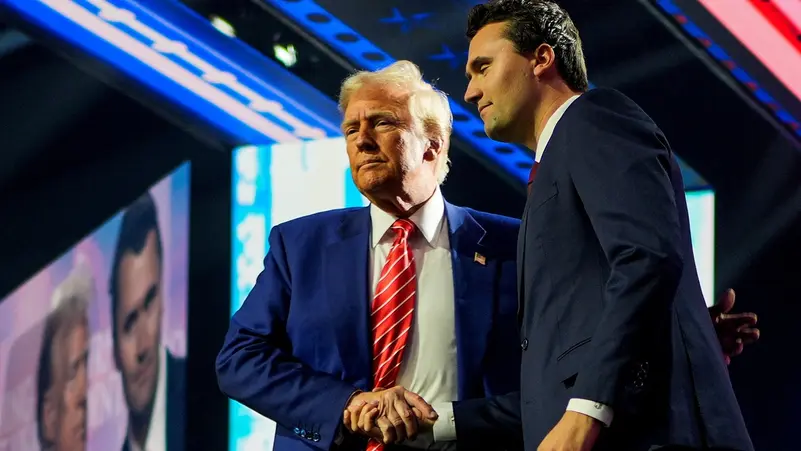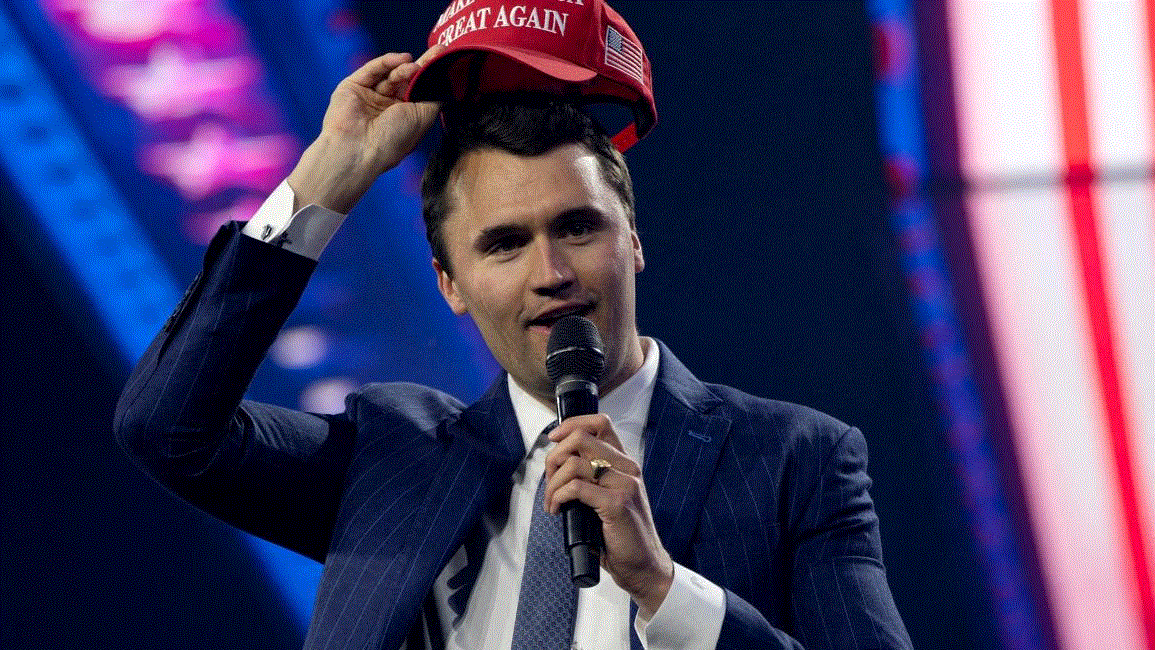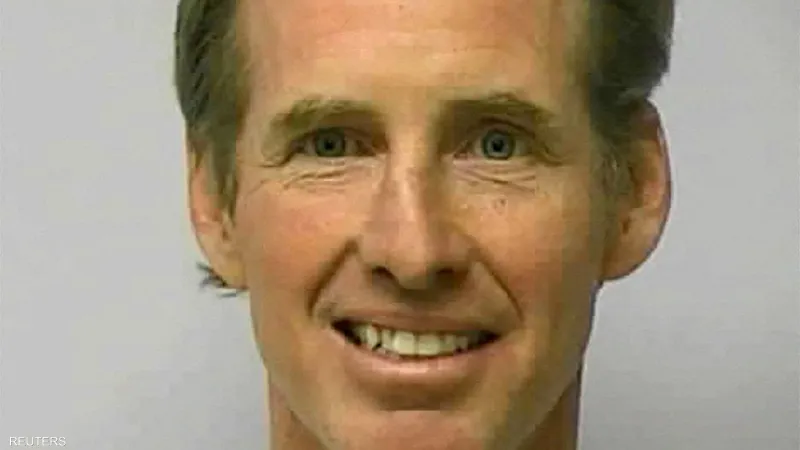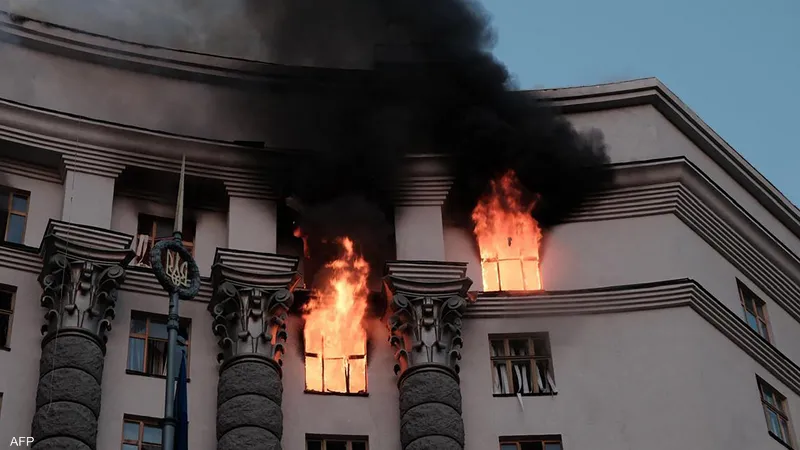The Collapse of Trust in America: Is the Regime’s Fall Starting from Within?
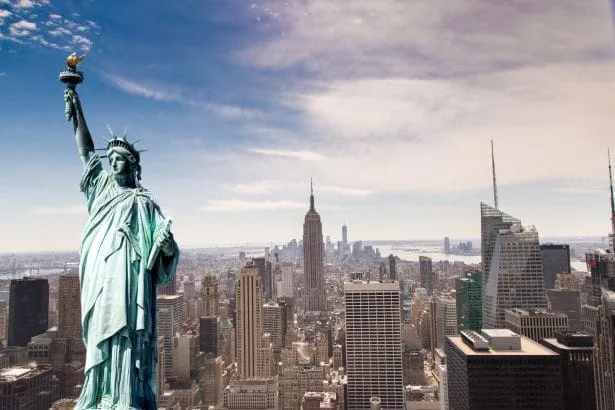
Human history has witnessed a series of massive civilizations and empires, each of which went through a distinct life cycle of periods of rise and prosperity, followed by periods of decline and decline, before giving way to a new rising global power.
Every major civilization or dominant empire like America has key stages that define its path. The first is the period of emergence, during which civilizations typically begin to form from smaller entities or scattered communities, growing in power through factors such as innovation, territorial expansion, and social and economic reforms. During this stage, infrastructure is consolidated, peoples unite, and wealth accumulates.
Then comes the period of prosperity, which represents the peak of power and influence, during which the civilization reaches its peak in all areas: military, economic, cultural, and scientific. Its influence expands globally, becoming a model to emulate, and imposing its dominance on the international stage.
Then comes the period of decline and decline, during which signs of weakness gradually appear. These signs may be internal, such as corruption, social disintegration, class conflicts, and the deterioration of fundamental values. They may also be external, such as conflicts with rival powers, climate change, and pandemics. Economic and military power declines, and the civilization loses its ability to adapt and respond to challenges, leading to the erosion of its influence and eventual collapse.
The United States of America: Is it an exception?
According to this historical pattern, the United States of America, as the current dominant global power, cannot be excluded from this cycle. Despite its enormous economic and military power, and its cultural and political influence, there are indicators that question the sustainability of this situation.
Internal Conditions
Successive crises, whether economic, such as the 2008 financial crisis, health-related crises, such as the COVID-19 pandemic, or social and political crises, such as political and racial polarization, are deepening the divide between the classes of American society. These crises expose and exacerbate disparities in income, opportunities, and access to basic services, increasing feelings of frustration and injustice among large segments of the population. It also highlights and intensifies ideological differences, ideas, and political affiliations, leading to severe societal polarization and diminishing internal cohesion.
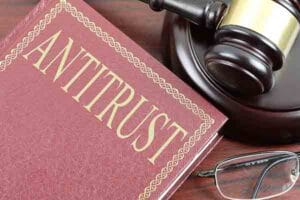
Allies and Foreign Relations
In addition to internal challenges, the United States faces external challenges represented by the skepticism of its key allies. This skepticism stems, in part, from the United States’ occasional violations of mutual defense and economic agreements, or its display of instability in its foreign policy. When allies feel that American commitments are unreliable, or that their interests may not be a priority, this undermines confidence in the U.S.-led global order, prompting them to seek alternatives or enhance their independence, ultimately weakening U.S. influence internationally.
Together, these factors paint a complex picture of the future of American power and raise questions about whether the United States is following a familiar historical path, one experienced by the great civilizations that preceded it.
Crises are ravaging the fabric of American society
American society is currently suffering from a series of interconnected crises that affect various aspects of life. The most important of these crises can be summarized in the following points:
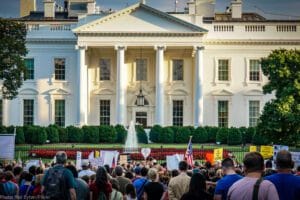
Political polarization and societal division:
This challenge is one of the most prominent facing the United States, as the country is witnessing a sharp division between the Republican and Democratic parties, whose impact extends to society as a whole.
This situation makes it difficult to agree on solutions to national problems, hinders the work of government institutions, and may manifest in the illegitimacy of election results or conflicts over social values.
The influence of moderate or centrist voices is declining, and the tendency toward extreme partisan rhetoric is increasing, deepening the gaps.
Economic challenges and inequality:
· Inflation: Although slowing, inflation remains a major problem for many Americans, especially small businesses.
· Economic inequality: There is a growing gap between different economic classes, with wealth concentrated in the hands of a few, threatening the middle class and affecting social stability.
· Poverty: Despite social safety net programs, poverty persists and is worsening in some areas, leading to other social problems such as addiction and crime.
· Cost of Living: The rising costs of housing, healthcare, and other basic necessities are increasing the pressure on American families.
Healthcare Crisis:
· Unaffordability: The cost of healthcare is a major public concern in the United States, with many struggling to access affordable healthcare.
· Labor Shortage: The healthcare sector faces a labor shortage, impacting the quality of services provided.
· Adapting to Technology: Despite technological advances, the sector faces challenges in smoothly implementing these technologies and training staff.
Opioid Addiction Crisis:
This crisis is a serious challenge that has led to significant economic and human losses.
Opioid-related deaths have risen dramatically, especially after the COVID-19 pandemic, with the spread of fentanyl.
This crisis impacts families and entire communities, leaving profound social impacts.
Other Social Issues:
· Racism: Racial discrimination remains a profound problem in American society.
· Gun Violence: Gun violence remains a recurring issue, fueling a wide-ranging debate about gun control.
· Illegal Immigration: Illegal immigration poses a significant political and social challenge, sparking sharp bipartisan disagreements.
· Deterioration of Moral Values: Some see a decline in moral values within society.
· Climate Change and the Impact of Natural Disasters: These issues are a growing concern for segments of the American public, highlighting partisan divisions in how to address them.
These crises are interconnected and interact with each other, making finding comprehensive solutions complex and requiring significant political and societal consensus.
Note
The internal and external challenges facing the United States of America today are not merely temporary obstacles, but rather indicators of a transitional phase in the life cycle of a great power.
History teaches us that empires do not collapse overnight; rather, they slowly erode from within, driven by social and economic divisions, eroding trust in institutions, and declining geopolitical influence. Intense political polarization, growing inequality, and skepticism about allies are all contributing to the erosion of the United States’ position as a dominant global power.
Therefore, the United States’ quest to restore its former status is not simply a display of military might; it requires a radical, multi-dimensional reform.
Also read:
- should-you-buy-bitcoin-now-or-is-it-too-late-in-2025
- the-age-of-ai-agents
- brain-computer-interfaces-when-telepathy-becomes-a-technological-reality
- will-tiktok-go-bankrupt-after-the-new-us-decisions
